They’re more than just pets – they are our faithful friends, our loyal confidants, and our constant companions. Companion dogs bring joy, love, and unparalleled companionship to our lives. But how do you go about training these delightful creatures to become the best companions they can be? Training your companion dog requires heaps of patience, consistency, and, most importantly, positive-reinforcement methods. In this article, we’ll walk you through some of the most effective companion dog training strategies for different breeds. Let’s start our training journey today!
Remember – Training isn’t a one-size-fits-all task. What works for one breed might not work for another. Therefore, knowing your dog breed and its unique traits is a significant first step in ensuring a successful training session.
The training process can vary significantly depending on the breed of your companion dog. Here’s a quick preview of what we’ll cover:
- Understanding your dog’s breed and its specific training requirements
- Essential training techniques for common companion dog breeds
- Addressing common training issues and how to overcome them
- Tips on maintaining consistency during training sessions
Having a well-mannered dog not only brings peace to your home but also guarantees a deep and trusting bond between you and your furry partner. So, ready to dig down into the realm of companion dog training? Let’s embark on this exciting journey!
Companion dogs embody the true spirit of “man’s best friend”. They are happiest when they’re spending time with their human family, enjoying your company in every activity. Unlike working or guard dogs, their main job is loving and staying beside you all the time. They’re usually friendly and exceptionally affectionate, always eager to please.
Let’s take a look at 13 breeds that make perfect companion dogs.
Breed Characteristics
- Some of the most popular breeds of companion dogs are in the American Kennel Club’s toy group. Still, you can also find excellent furry friends in the sporting, hound, and terrier groups. These groups provide a variety of dogs in terms of size and energy levels, allowing you to select the perfect one that fits your lifestyle.
- Papillon Pro tip Let’s not forget, despite some breeds being known for their friendly and sociable nature, every dog requires comprehensive training and socialization to be an ideal companion.
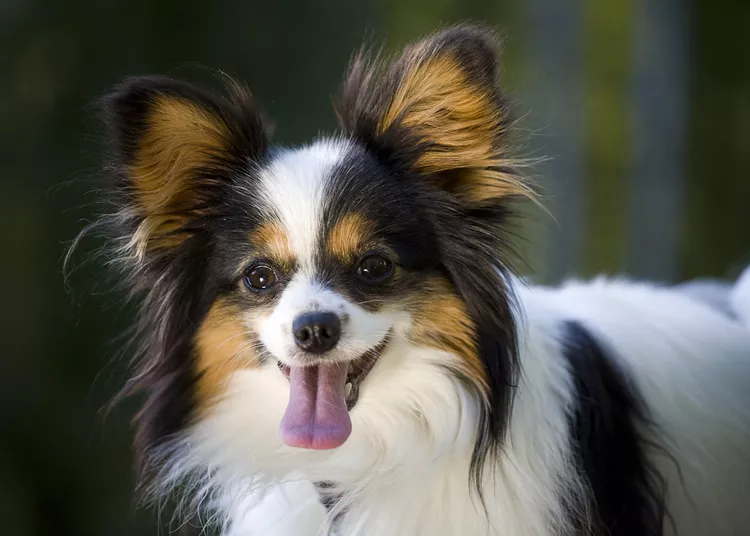
- Moreover, always bear in mind that each canine within a breed can demonstrate vastly diverse personalities. Breed Overview Height: 8 to 11 inches Weight: 6 to 10 pounds Physical Characteristics: Long, straight coat with feathering; white with markings in red, sable, black, or lemon; prominent ears
- Chihuahua
- They have relatively low energy and adapt to life in a house or an apartment equally well. But, ever alert, they will sound the alarm if they see unfamiliar people or animals on their turf. Be sure to socialize this breed from an early age to help develop a friendly demeanor as the dog can be wary of strangers.
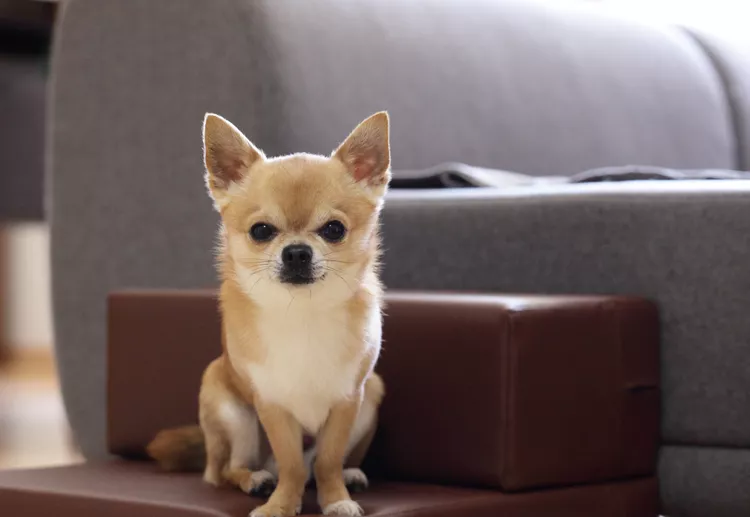
- Breed Overview Height: 5 to 8 inches Weight: Up to 6 pounds Physical Characteristics: Prominent ears and alert expression; short or long coat in many different colors, including black, white, fawn, blue, and more
- French Bulldog
- Popular with apartment dwellers, the Frenchie doesn’t require a big yard or room to roam. Of course, it will benefit from one or two solid walks each day, but the breed is otherwise known to be calm and relaxed. Anyone looking for an affectionate companion dog will enjoy this petite bulldog’s even-tempered personality.
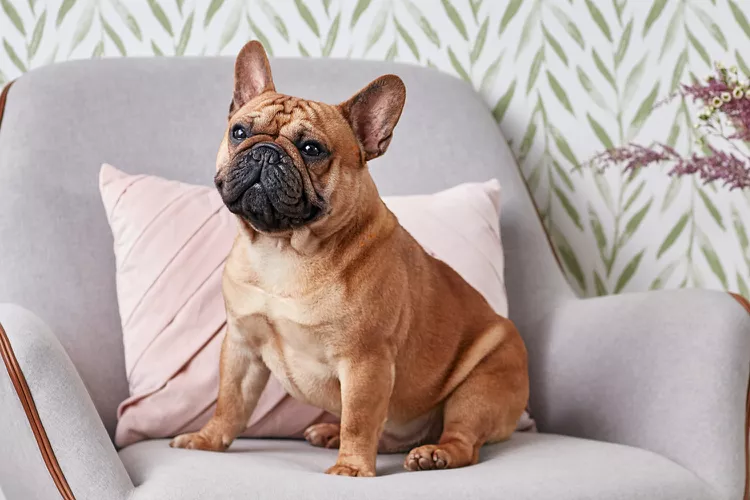
- Breed Overview Height: 11 to 13 inches Weight: 19 to 28 pounds Physical Characteristics: Compact with a large head and short snout; ears stand erect; smooth coat in a number of solid colors or brindle
- Golden Retriever
- This companion dog is suited for those who want an extremely friendly, easygoing, and eager-to-please canine. The golden retriever’s pleasant disposition and attentiveness to human needs also make it an ideal choice for a service dog or therapy work.
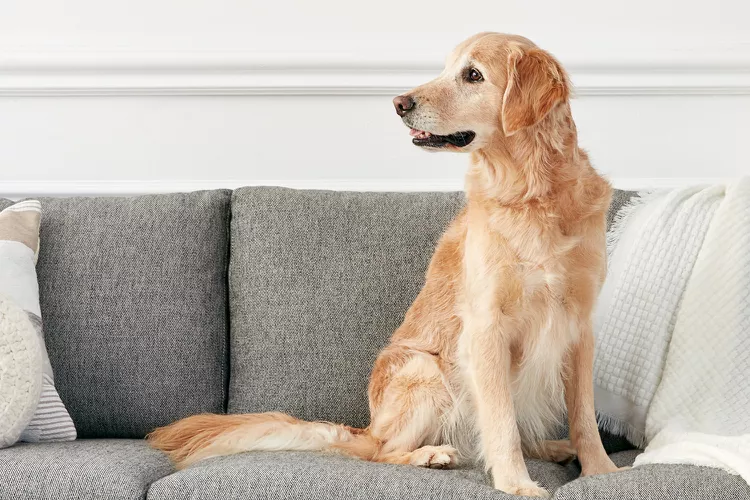
- Breed Overview Height: 23 to 24 inches (male); 21.5 to 22.5 inches (female) Weight: 65 to 75 pounds (male); 55 to 65 pounds (female)1 Physical Characteristics: Large head with expressive eyes; coat is medium length and ranges in shades from light golden to red Continue to 5 of 13 below.
- Shih Tzu
- They would sound the alarm when potential intruders approached. Other than that, the Shih Tzu’s chief occupation seems to have been a lap warmer. Today, the Shih Tzu thrives when it can spend time with its human companions. The breed tends to have a calm disposition, making it adaptable to life in an apartment or a house.
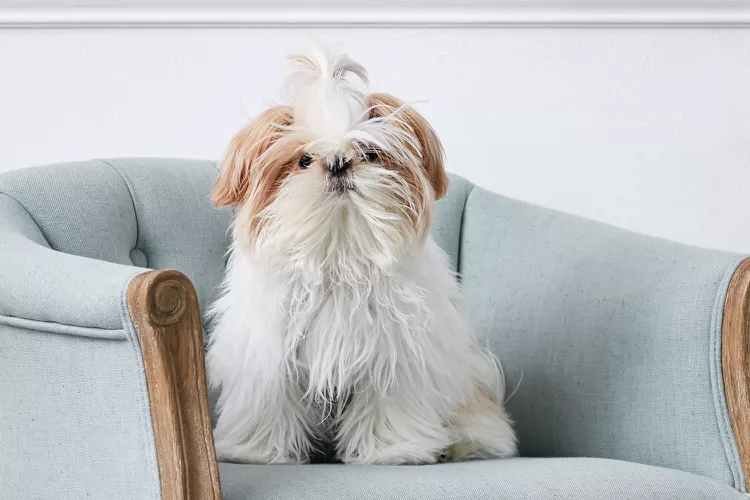
- Breed Overview Height: 8 to 11 inches Weight: 9 to 16 pounds
- Physical Characteristics: Petite but sturdy; round face with short snout; long double coat in many different colors
- Irish Wolfhound
- This supersized dog breed has a heart to match. The breed is known for being an excellent family dog that is attentive and loyal. Just be sure to give these dogs a long walk each day and room to stretch their legs. Otherwise, they’re generally happy to lounge with their owners and are friendly to familiar faces and strangers alike.
- Breed Overview Height: 30 to 32 inches Weight: 120+ pounds (male); 100+ pounds (female)2 Physical Characteristics: Tall and lanky; wiry double coat in black, gray, white, brindle, and more
- American Staffordshire Terrier
- Despite their medium size, they’ll often be found trying to sit in someone’s lap. These dogs love to cuddle, but they also need plenty of exercise and mental stimulation. They’re an ideal companion dog for those who want a jogging, hiking, or biking partner.
- Breed Overview Height: 17 to 19 inches Weight: 40 to 70 pounds Physical Characteristics: Muscular build; square head; short, smooth coat in many different colors
- Pu g
- These small dogs were originally bred to be friendly companions, and they continue in that role today. They love to be by their human’s side and preferably in that person’s lap. Pugs are generally easygoing dogs that don’t need much space. But they do need some solid physical and mental exercise each day to prevent boredom and keep them healthy.
- Breed Overview Height: 10 to 13 inches Weight: 14 to 18 pounds Physical Characteristics: Square body with some wrinkles; short legs and smooshed face; short, smooth coat in colors including black and fawn Continue to 9 of 13 below.
- German Shorthaired Pointer
- They also excel in just about any canine sporting event, so they’re a great choice if you’re looking to get into agility, fly ball, dock diving, and more. They’re known for being friendly, energetic, and affectionate and were bred not only for their hunting abilities but their willingness to cooperate with people.
- Breed Overview Height: 23 to 25 inches (male); 21 to 23 inches (female) Weight: 55 to 70 pounds (male); 45 to 60 pounds (female) Physical Characteristics: Athletic build; long legs; short coat in solid liver or liver and white
- Maltese
- It’s believed that women of Roman nobility would often tuck one of these dogs into their dresses. Today, the Maltese still loves to be cuddled and carried. These dogs are alert and will bark at intruders. But, otherwise, they are generally very sweet and even-tempered little dogs.
- Breed Overview Height: 8 to 10 inches Weight: 4 to 7 pounds Physical Characteristics: Petite body; solid white fur that is long and silky; dark, alert eyes; black nose
- Dachshund
- Originally bred to hunt small game, today’s dachshunds are better known for burrowing deep under a blanket than into a rabbit hole. Available in both standard and miniature sizes, the dachshund has an animated personality and loves to keep watch for intruders on its turf. It also will often follow its favorite person from room to room and can’t wait for them to sit down and snuggle.
- Breed Overview Height: 8 to 9 inches (standard); 5 to 6 inches (miniature) Weight: 16 to 32 pounds (standard); up to 11 pounds (miniature) Physical Characteristics: Long body with short legs; coat varieties include smooth (shorthaired), longhaired, and wire-haired in many different colors with various markings, including dapple and brindle
- Poodle
- They all are fairly energetic, with the standard poodle needing more exercise than its smaller counterparts. Thus, the larger poodles typically make better companions for people who lead active lifestyles while the smaller poodles tend to be a great fit for those who enjoy taking strolls around the neighborhood.
- Breed Overview Height: Standard: 15 inches; miniature: 10 to 15 inches; toy: 10 inches and under Weight: Standard: 45 to 70 pounds; miniature: 15 to 18 pounds; toy: 5 to 9 pounds Physical Characteristics: Curly coat in many different colors; alert expression; fluffy ears Continue to 13 of 13 below.
- Boston Terrier
- These little dogs are well suited to city life in apartments or condos, as they don’t need much space to get their energy out and tend to be easygoing even when there’s commotion around them. With a couple of walks and some playtime each day, they’ll be ready to cuddle up on the couch with you.
- Breed Overview Height: 15 to 17 inches Weight 12 to 25 pounds Physical Characteristics: Compact but sturdy build; round face; upright ears; smooth coat in solid colors or accented with white
Breeds to Avoid
Some dog breeds are independent and aloof by nature. While they still make great pets, they might not give you the cuddly companionship you’re looking for. Examples of such breeds include the Shiba Inu, Akita, and chow chow.